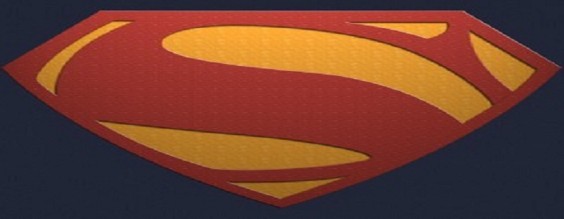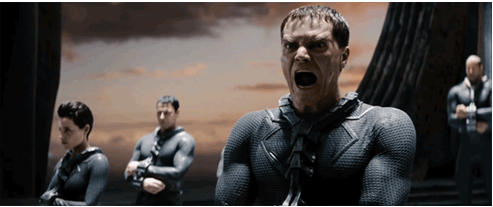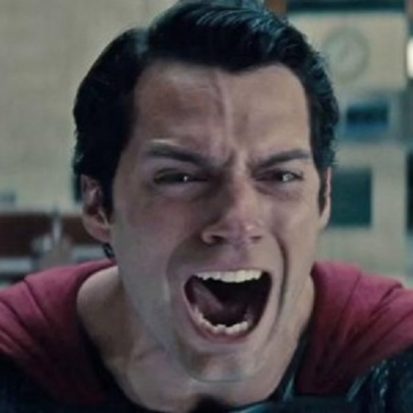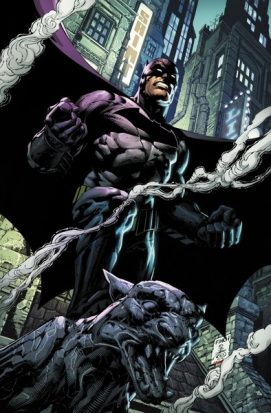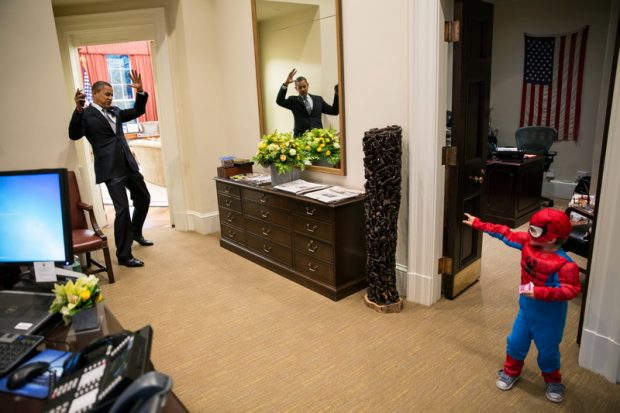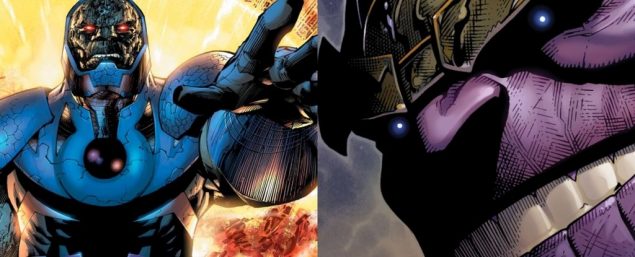Related Resources
By John Patrick Bray, P.h.D.
Writing about Man of Steel in his blog The 21st Century ‘American Way’ in the Man of Steel, my brother Gregg Bray problematizes the way Superman kills General Zod, a moment which has generated much criticism for many fans who feel betrayed (including comic book author Mark Waid) because this is not how Superman is supposed to behave. However, Superman (as portrayed by Christopher Reeve) did kill Zod (Terrence Stamp) in Superman II (1980)– indeed, strips him of his Super Powers before ending his life – and not only was there little-to-no backlash against the creative team behind Superman II. There are many who still consider it the definitive Superman film.
While Gregg Bray does successfully argue that the politics behind Man of Steel are problematic, I think if we focus on Superman as a haunted character, we will see that, for audiences, the context may change but the character simply cannot. That is, Superman must always be, in the face of all things, Super. The death of Zod in 1980 is much different than the death of Zod in 2013, not only because of how the act is carried out, but because of an audience’s expectations of what Superman can and cannot do within a given context.
Superman’s Ghost
In The Haunted Stage, Marvin Carlson builds on Derrida’s idea of “hauntology” in order to describe the ways in which theatrical performances are haunted by other performances. For example, an actor may be “haunted” by a character they have played, such as Christopher Reeve who will always be remembered as Superman. There are also instances when a character may be haunted by an actor. There are times when these can overlap, and in other instances the actor is forever haunted, yet the character moves on and finds new life.
Prior to the 21st Century, the beloved character Sherlock Holmes was haunted by Basil Rathbone (even with Jeremy Brett’s excellent performance of the character on BBC). What Carlson is pointing to is the ways in which our memories make us nostalgic for our younger days, and certain performers and performances become sites of that nostalgia.
Over the past few years, movie-makers have capitalized on audience nostalgia with some excellent results. For example, in Batman Begins (which might be the “sleeper” of Nolan’s trilogy), Bale performs the line “I’m Batman” as a throwback to Keaton’s “I’m Batman” in the 1989 film. In Skyfall (2012), James Bond drives the Aston Martin made popular in Goldfinger. These moments are supposed to simultaneously make us nostalgic and make us feel that Bale and Craig had rightfully inherited the mantle of the onscreen Bat and Bond respectively.
In other words, these moments make us nostalgic, and that nostalgia makes us accept “the new.” Batman has a much different history than Superman in regard to onscreen adaptations: Batman has changed with the times, while Superman has remained more-or-less grounded in the same ideas which were originally presented not in the 1938 Action Comics, but with the Fleischer cartoons.
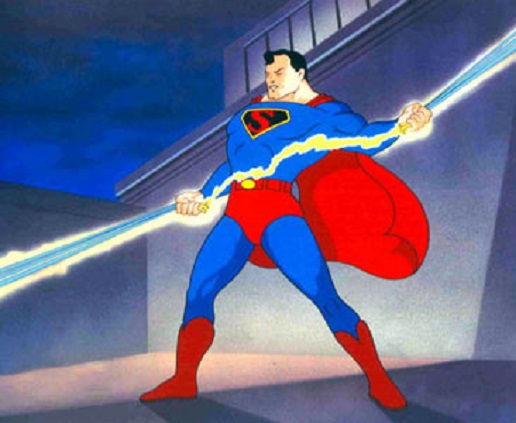
In 1941, Fleischer Studios (later reorganized into Famous Studios) was commissioned by Paramount to create a series of short Superman cartoons for theatrical release. Max and David Fleishcer were at first reluctant to tackle the project, and asked for $100,000 per short (approximately four times the typical amount for a six-minute short at that time). Paramount negotiated and ended up paying $50,000 per short. Fleischer/Famous studios created sixteen shorts, which are all in public domains. The result is simply gorgeous. In his blog/review of the shorts, Martin R. Thomas writes:
“There are lots of firsts in these shorts, like making Superman fly (before that, in the comics, he only “leapt tall buildings in a single bound”), and the famous opening line of the radio production and live-action TV series that came after the animated shorts (“Faster than a speeding bullet…”) […]There is a very art-deco look to them, which is natural given when they were made, but there’s also this futuristic early science fiction look and feel to the shorts which anybody who appreciates early science fiction would love. The music, by Sammy Timberg (who also wrote the Popeye and Betty Boop music for Fleischer Studios) fits just right with the artistic style, especially the opening “Superman March” theme. It has this very retro and somewhat kitschy feel, but is still majestic in its way.”
The History of Superman’s Haunting
In short, all Superman stories – including the comics – are haunted by the Fleischer cartoons: his powers and his quest for truth and justice (the “American way” would come later during The Cold War) would become commonplace in the comics and in other adaptations for the radio and screen. The art-deco “look” of the cartoon would inspire the creators of Batman: The Animated Series and Superman: The Animated Series, and the spin-offs Justice League and Justice League Unlimited. “The Superman March” by Sammy Timberg, with its majestic brass, would influence both Leon Klatzkin’s “Superman’s March” for Adventures of Superman and John Williams’s sweeping score for the 1978 film. Already, we can see how much the Flesicher cartoons have influenced every version of Superman to come.
In 1948, Sam Katzman produced the first Superman serial for Columbia Pictures. It starred an uncredited Kirk Alyn as Superman and Noel Neil as Lois Lane (who would reprise the role on the television series Adventures of Superman. The serial was directed by Thomas Carr (who would also direct a number of Adventures of Superman episodes).
The serial tells the entire backstory of Superman in the first episode, from Krypton to Smallville to Metropolis, and focuses on his battle with a criminal mastermind known as The Spider Lady. The serial was so successful that a second serial, Atom Man vs. Superman (in which Supes faces Lex Luthor for the first time on screen) would be released in 1950. Unlike the first serial which used animation for the flight sequences, director Spencer Gordon Bennet turned a camera on its side, and put Kirk Alyn in a wind cyclorama as a way of trying to create the sense that Superman was really up, up and away. Though the serials were cheaply made, and the special effects were lackluster even for their time, the serials were highly successful with audiences who were clamoring for more.
The Adventures of Superman, starring George Reeves, was the next screen incarnation. Phylis Coates played Lois Lane in the early episodes, and would later be replaced by Noel Neil. As mentioned, The theme, attributed to Leon Klatzkin, was known as “Superman’s March,” and as with the Fleischer Cartoons, was based on a triad, matching the three syllables in the name “Superman,” thereby cementing expectations for future Superman scores, including the one composed by John Williams for the 1978 film.
Superman 1978 – and beyond!
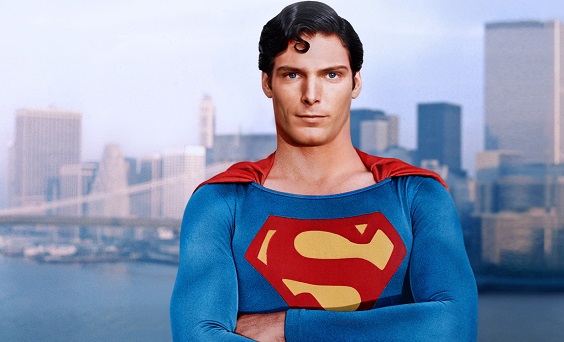
By this point, it would be take significantly less space to find places where Superman might not be haunted by…well, Superman! The 1978 film begins with a boy opening an issue of Action Comics. The notion is that we, the audience, are the child, we are supposed to be in the land of Superman. The affect/effect is supposed to be one of nostalgia. Additionally, Noel Neill would make an uncredited blink-and-you-miss-it appearance as Lois Lane’s mother, adding another ghost to this haunted Superman. The poster promised, “You will believe a man can fly,” and audiences were not let down.
Superman would continue to haunt itself into the 90’s and early 2000’s: Christopher Reeve and Margo Kidder made appearances on Smallville, while Bryan Singer’s Superman Returns (2006) was meant to be a sequel to the first two Christopher Reeves films. With The Man of Steel, what Snyder, Goyer, and Nolan were trying to create was a fresh take on Superman, putting him in a 21st Century context where all action movies call for collapsing towers, and a hero who sees his powers as a curse.
However, what these men – giants of Hollywood – have forgotten is that you cannot exorcise the ghosts of nostalgia. You cannot “un-haunt” Superman unless you do something so new, so radical, that the latest adaptation looks nothing like any of its predecessors. However, what the team MoS have done is made Superman look like another (anti)hero: Nolan’s Batman.
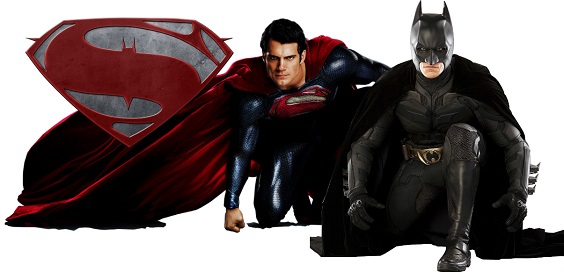
As Robert Grant says in his book Writing the Science Fiction Film, “these [Superhero] stories […] explore our society and the advances in technology and science fiction that seem to be de-humanising us to the extent that we have forgotten how to behave towards each other. While the big crime boss or supervillain is a key ingredient to a lot of superhero stories (….) in fighting or defeating them our superhero is showing us a better way to behave” (21).
If Superheroes teach us “how to behave,” what we learned in 1980 is that if a Supervillain comes to earth (representing one-dimensional absolute darkness personified), that we must not give up hope, as there will be a savior (absolute light personified) who will guide us, never let us down. There will be perilous times, but absolute good will always triumph over absolute evil, and we must behave accordingly.
But, should a conflicted hero take on a conflicted villain, the solution cannot be as simple as throwing a man into a foggy abyss or snapping his neck. The conversation needs to change along with the context, otherwise the audience will feel betrayed not only by the film, but by the very recognition that there is no such thing as an absolute good or an absolute evil. We feel betrayed not only by the new film but by our nostalgia (which, for many, is too much to bear), and what should be escapism (it is SUPERMAN, after all) becomes a kind of trauma. What the team behind Man of Steel should remember is that for many of us who wear our nostalgia a little too proudly, a character like Superman is not just a touch of light, he IS light personified. If we cannot remember that, all Goyer and Snyder have proven is that Superman has no place in our (post-post) modern cinema, and that is surely a shame.
John Patrick Bray (PhD, MFA) is a Lecturer in the Department of Theatre and Film Studies at the University of Georgia. https://www.johnpatrickbray.com/

